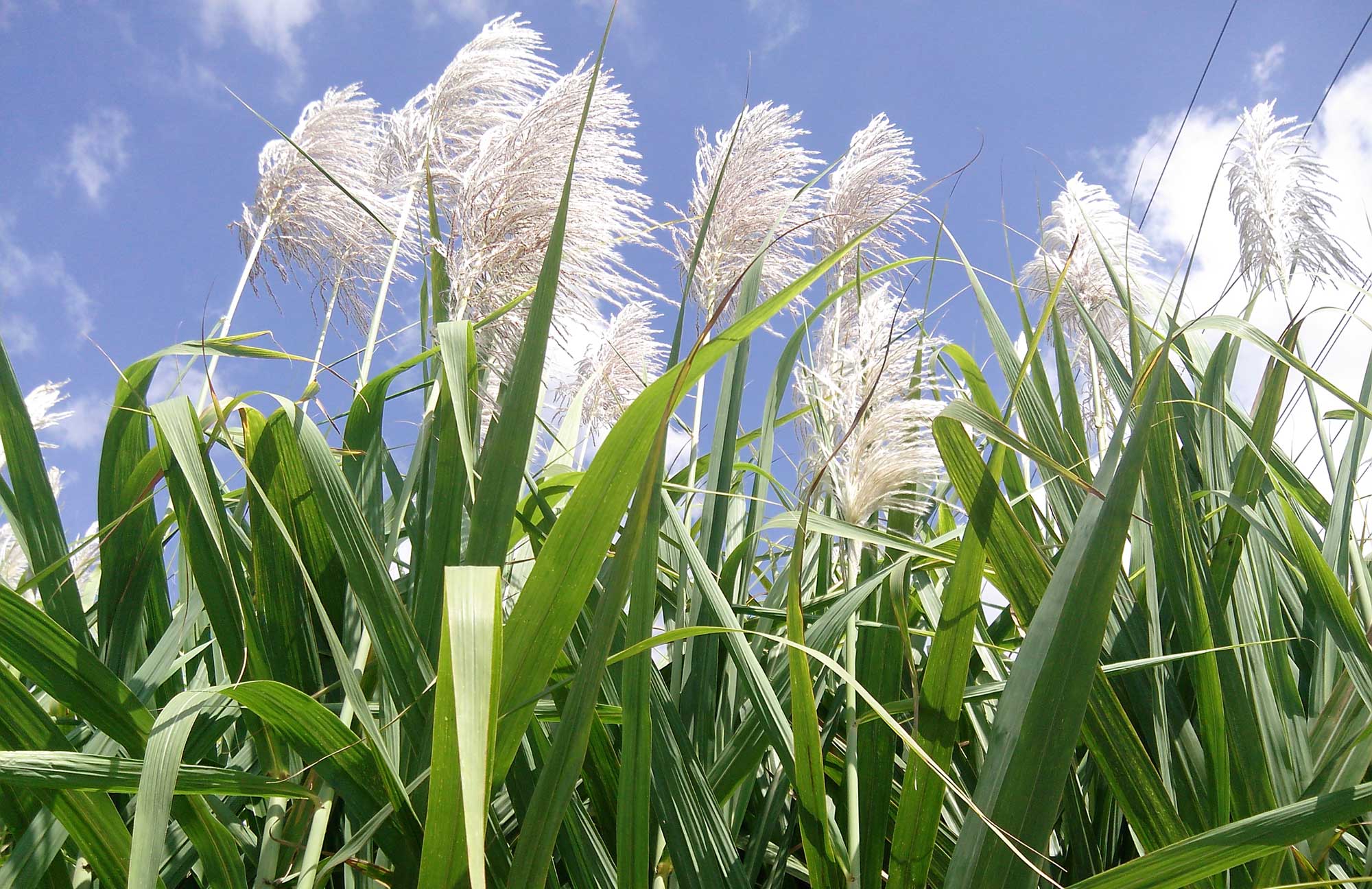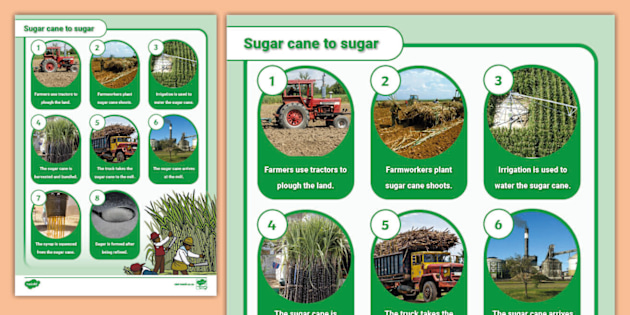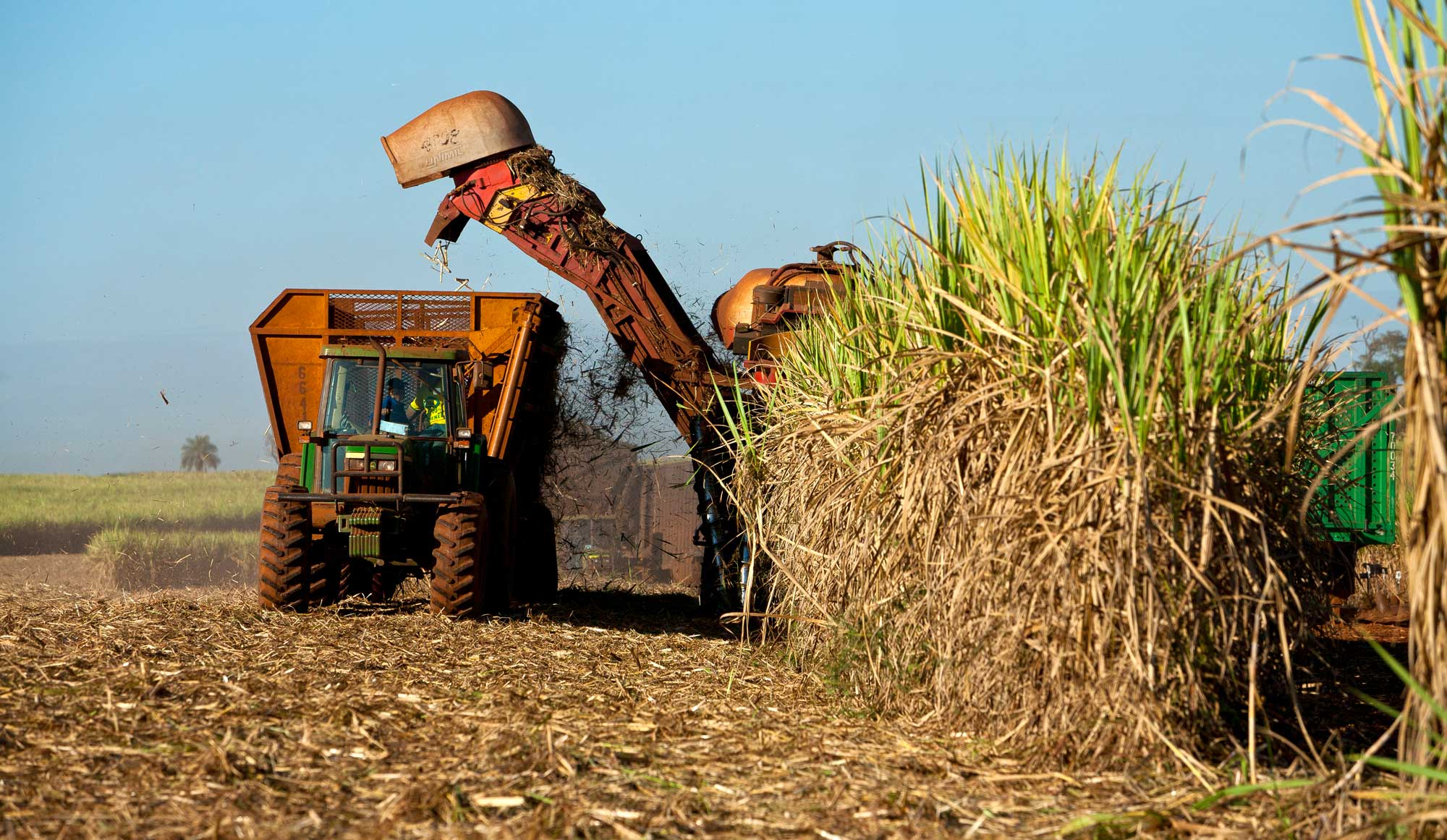Comprehending How Sugar Canes Job: What Are Sugar Canes Used For in Food and Beyond?
Sugar walking canes are integral to various facets of both culinary and commercial practices. Their convenience permits them to be transformed into sugar, beverages, and even biofuels. As one discovers the trip from growing to processing, the diverse applications of sugar canes disclose a complicated interplay in between farming and industry. The ramifications of sugar cane manufacturing extend past simple energy, elevating questions about environmental sustainability and financial impact.

The Background and Beginning of Sugar Canes
Although usually taken for granted in contemporary diet regimens, the history and origin of sugar canes reveal a complex trip that spans countless years. Belonging To Southeast Asia, sugar cane was initial cultivated around 8000 BCE, with its pleasant juice coming to be extremely valued by very early civilizations. By the first millennium advertisement, it spread to India, where it was refined right into taken shape sugar, a remarkable development that changed its use and trade. The introduction of sugar walking stick to the Mediterranean happened around the 7th century, thanks to Arab traders, that acknowledged its financial potential.During the Age of Expedition, European colonists established sugar vineyards in the Caribbean, considerably affecting international profession. By the 17th century, sugar became a standard asset, sustaining economies and influencing social frameworks. The tale of sugar walking sticks is intertwined with farming, business, and cultural exchanges, marking its importance fit modern cooking techniques and economic systems.

Growing and Gathering Practices
The farming and harvesting of sugar canes involve several important methods that establish the quality and yield of the crop - What Are Sugar Canes Used For. Key elements include effective soil preparation techniques, exact planting approaches, and effective collecting approaches. Comprehending these methods is crucial for optimizing production and ensuring sustainability in sugar walking cane farming
Dirt Preparation Strategies
Effective soil prep work strategies are crucial for effective sugar cane farming, as they lay the foundation for healthy and balanced growth and suitable return. The process starts with dirt screening to assess nutrient levels and pH balance, enabling tailored changes. Raking and tilling are after that used to freshen the soil and break up compaction, boosting origin penetration. Integrating raw material, such as garden compost or well-rotted manure, boosts soil fertility and framework. Additionally, proper water drainage systems are essential to avoid waterlogging, which can impede walking stick growth. Cover cropping may additionally be used to reduce weeds and enhance dirt wellness. These methods jointly guarantee that sugar cane has the best atmosphere to flourish, resulting in durable plant health and increased productivity.
Growing and Development
Successful planting and growth practices are important for making the most of the yield of sugar walking cane. The process begins with picking healthy and balanced seed walking sticks, which are sections of fully grown stalks rich in buds. These seed walking canes are usually planted in well-prepared soil, preferably at a deepness of 4 to 6 inches, guaranteeing appropriate wetness and oygenation. Sugar walking cane thrives in cozy climates with sufficient sunshine and needs consistent irrigation, specifically during droughts. Fertilization with potassium, nitrogen, and phosphorus is important to advertise durable growth. Weed control is additionally essential, as competition can hinder development. Regular tracking of plant health and soil conditions permits timely interventions, inevitably leading to an effective crop that fulfills market demands.
Collecting Techniques
Gathering sugar cane requires mindful planning and execution to ensure maximum yield and quality. Commonly, the harvest takes place when the walking stick gets to optimal sugar content, often in between 12 to 18 months after growing. There are two key techniques: guidebook and mechanical harvesting. Hand-operated harvesting includes workers using machetes to reduce the stalks at ground level, guaranteeing minimal damage to the plant and dirt. In contrast, mechanical harvesting uses specific equipments that cut, slice, and transfer the walking cane, increasing effectiveness and reducing labor expenses. Mechanical methods can lead to greater dirt compaction and loss of nutrients. No matter the approach, prompt harvesting is necessary, as delays can cause lowered sugar high quality and boosted susceptibility to bugs and conditions.
Handling Techniques for Sugar Extraction
The handling of sugar walking cane is a vital stage in sugar production, incorporating a number of essential strategies - What Are Sugar Canes Used For. At first, collected cane undergoes juicing and squashing to extract its wonderful fluid. This juice then proceeds with purification and formation, changing it into the sugar most typically made use of today
Gathering Sugar Cane
Sugar walking cane gathering marks an important stage in the manufacturing process, where timing and strategy play necessary functions in taking full advantage of yield. Typically, the harvest occurs when sugar material is at its height, which varies based on environment and growth conditions. Employees use customized equipment or handbook tools to reduce the walking cane at the base, guaranteeing minimal damages to the plant. Proper technique is important; reducing expensive can minimize the high quality and quantity of the sugar extracted later on. After reducing, the walking stick must be transported without delay to refining facilities to stop spoilage and sugar destruction. The effectiveness of the harvesting process significantly affects the total efficiency and success of sugar cane farming, making it a vital focus for manufacturers.
Juicing and crushing
As soon as sugar cane is collected, the next vital step entails crushing and juicing to extract the sweet liquid that has sucrose. This process usually utilizes hefty machinery designed to squash the stalks, damaging down the coarse structure and releasing the juice. Mills or rollers apply substantial pressure, permitting the cane juice to spurt while separating the fibrous residue, referred to as bagasse. When smashed, the cane is often based on a series of pushing stages to make the most of juice removal. The accumulated juice is abundant in sugar and may have impurities, which will be resolved in later processing steps. Generally, squashing and juicing are crucial strategies that transform gathered sugar walking stick right into a liquid kind appropriate for further refinement.
Purification and Formation
Filtration and condensation are crucial processes in transforming raw walking stick juice into polished sugar. After drawing out juice from smashed sugar canes, the liquid contains contaminations such as plant minerals, fibers, and healthy proteins. To attain filtration, the juice undertakes clarification, where warmth and lime are contributed to precipitate impurities, which are after that gotten rid of. The clarified juice is then focused with evaporation to create a thick syrup.Next, crystallization takes place, where sugar crystals create as the syrup cools down. This procedure usually includes seeding the syrup with existing sugar crystals to promote uniform growth. The resulting crystals are separated from the remaining molasses with centrifugation, yielding pure sugar. This polished product is then dried and packaged for numerous culinary usages.
Culinary Uses of Sugar Canes
While typically connected mainly with sweeteners, sugar canes offer a functional array of culinary applications beyond their duty in sugar manufacturing. Fresh sugar walking stick can be juiced, yielding a sweet, stimulating beverage enjoyed in several exotic regions. This juice offers as a base for alcoholic drinks and healthy smoothies, including a special taste profile.Additionally, sugar cane syrup, obtained from simplifying the juice, is used as a natural sugar in numerous meals, from marinades to desserts. The syrup passes on a rich, caramel-like flavor, boosting both sweet and savory recipes.In some foods, sugar cane stalks are smoked or roasted, giving a distinctive great smoky taste that enhances veggies and meats. Sugar cane can be integrated right into desserts, such as puddings and sweets, where its sweetness and coarse texture develop wonderful contrasts. In general, sugar walking sticks add to both cutting-edge and traditional cooking developments throughout diverse societies.
Industrial Applications Past Food
Past their cooking usages, sugar canes play a considerable function in different commercial applications, adding to markets such as bioenergy, paper production, and bioplastics. The coarse product of sugar walking cane is utilized in the production of biofuels, particularly ethanol, which serves as a sustainable energy source that decreases dependancy on nonrenewable fuel sources. In the paper sector, bagasse, the coarse residue left after juice extraction, is processed right into pulp for paper and cardboard production, promoting sustainable practices by utilizing waste. In addition, improvements in bioplastic technology have caused the development of eco-friendly plastics stemmed from sugar walking cane, providing an environmentally friendly choice to traditional petroleum-based plastics. These industrial applications visit here not only boost the worth of sugar walking sticks however likewise straighten with worldwide movements in the direction of sustainability and renewable energies, highlighting their adaptability beyond the kitchen.

The Ecological Effect of Sugar Walking Cane Production
The manufacturing of sugar cane, in spite of its countless industrial advantages, postures significant ecological challenges. Logging is usually an effect, as large locations of land are gotten rid of to cultivate sugar walking stick, resulting in habitat loss and biodiversity decline. Additionally, the intensive farming methods related to sugar walking stick farming can cause dirt degradation and erosion. The heavy use pesticides and plant foods to take full advantage of yields adds to water pollution, detrimentally impacting marine ecosystems.Moreover, sugar cane manufacturing is linked to boosted greenhouse gas emissions, especially via land-use modifications and the burning of walking cane fields prior to harvest. These practices not only influence air quality but also contribute substantially to climate modification. Additionally, the water-intensive nature of sugar walking cane farming areas stress on local water resources, affecting areas and communities reliant on these supplies. Dealing with these ecological impacts is necessary for lasting sugar walking cane production in the future.
Regularly Asked Inquiries
Exist Wellness Perks Surrounding Consuming Sugar Walking Stick?
The question of health benefits associated to sugar walking cane intake highlights possible benefits. Sugar walking stick might supply hydration, necessary minerals, and antioxidants, however moderation is important because of its natural sugar content and possible wellness ramifications.
Exactly How Does Sugar Cane Compare to Various Other Sugar Nutritionally?

Sugar cane provides natural sweet taste, primarily making up sucrose, while other sweeteners differ in composition and calorie material. Contrasted to man-made alternatives, sugar walking stick gives minerals and vitamins, though it remains high in calories and carbohydrates.
Can Sugar Walking Cane Be Expanded in Non-Tropical Regions?
Sugar walking cane primarily thrives in tropical climates, requiring plentiful rains and warm temperatures. While some non-tropical areas attempt growing, success is restricted because of inadequate heat and growing periods, making large production testing.
What Are the Typical Insects or Illness Influencing Sugar Canes?
Common parasites affecting imp source sugar walking canes include the sugarcane borer and aphids, while illness like fallen leave scald and red rot position considerable threats. Efficient monitoring methods are essential for maintaining healthy sugar walking stick crops and optimizing yields.
Exactly How Does Sugar Walking Stick Influence Citizen Economies?
The impact of sugar walking stick on neighborhood economies is considerable, giving employment possibility, boosting agricultural industries, and adding to exports. Its cultivation sustains regional organizations and boosts community growth via enhanced income and infrastructure enhancements. Native to Southeast Asia, sugar walking stick was initial grown around 8000 BCE, with its wonderful juice coming to be very valued by early human beings. The introduction of sugar cane to the Mediterranean happened around the 7th content century, thanks to Arab traders, who recognized its economic potential.During the Age of Expedition, European homesteaders established sugar plantations in the Caribbean, substantially affecting worldwide profession. The handling of sugar walking stick is an essential stage in sugar manufacturing, including a number of essential methods. While often connected largely with sugar, sugar walking canes supply a functional array of cooking applications past their duty in sugar manufacturing. The hefty usage of plant foods and chemicals to make the most of yields contributes to water pollution, adversely impacting aquatic ecosystems.Moreover, sugar walking stick production is linked to raised greenhouse gas exhausts, specifically with land-use modifications and the burning of walking cane fields prior to harvest.